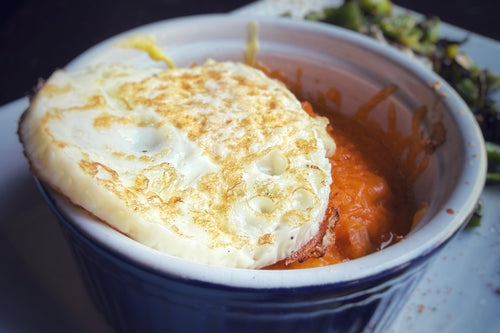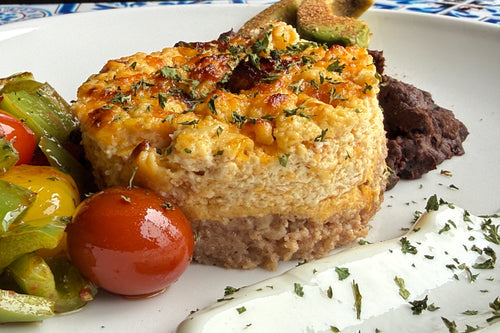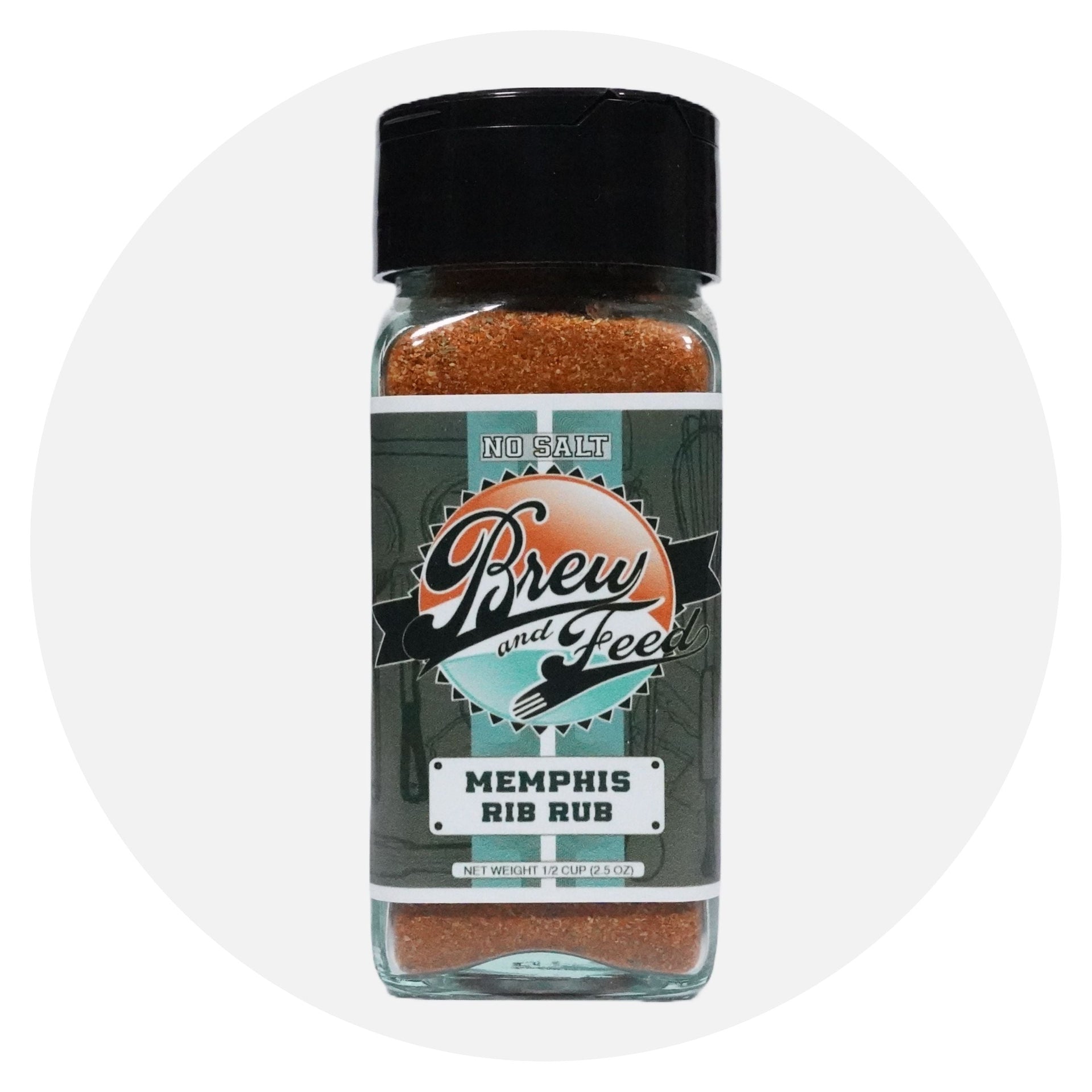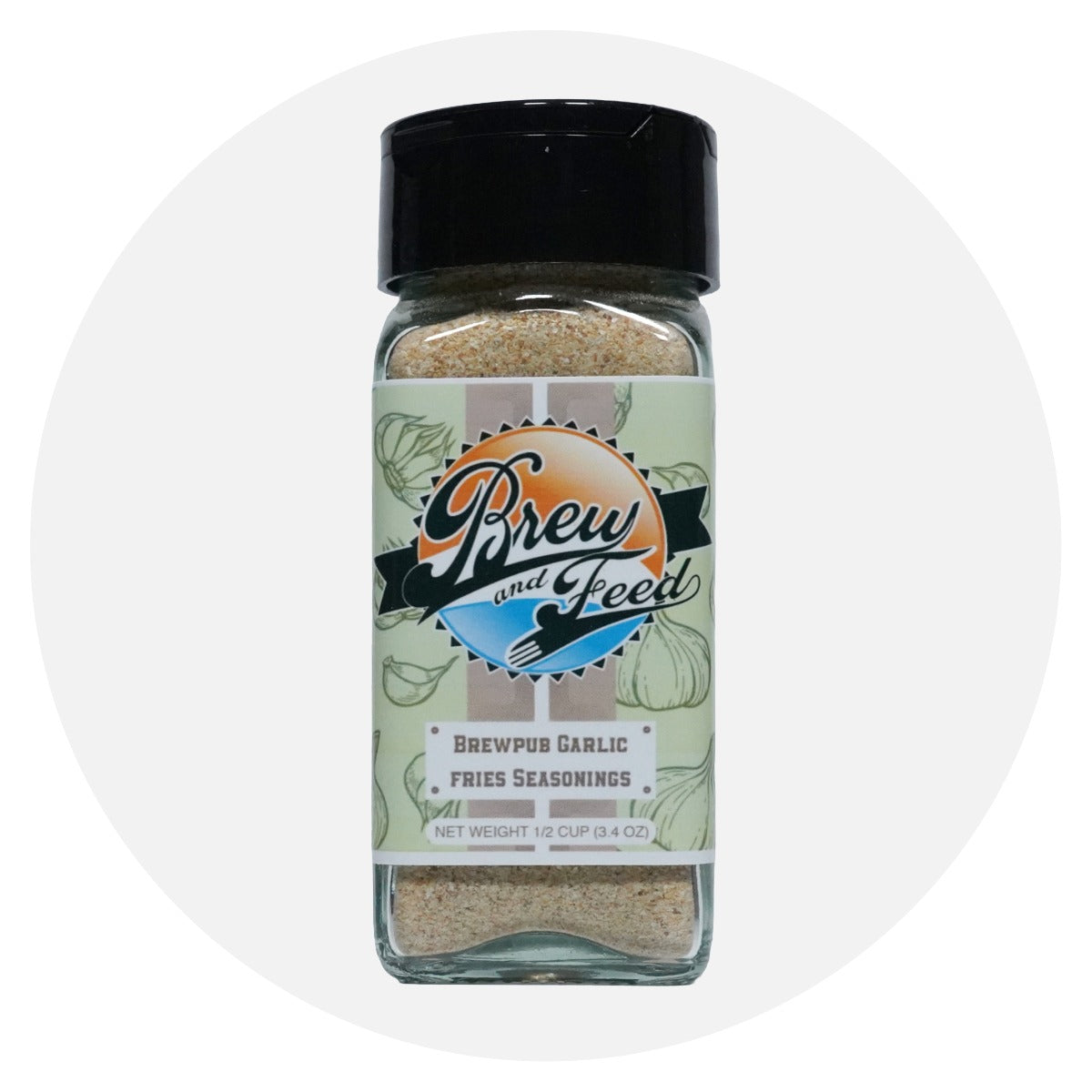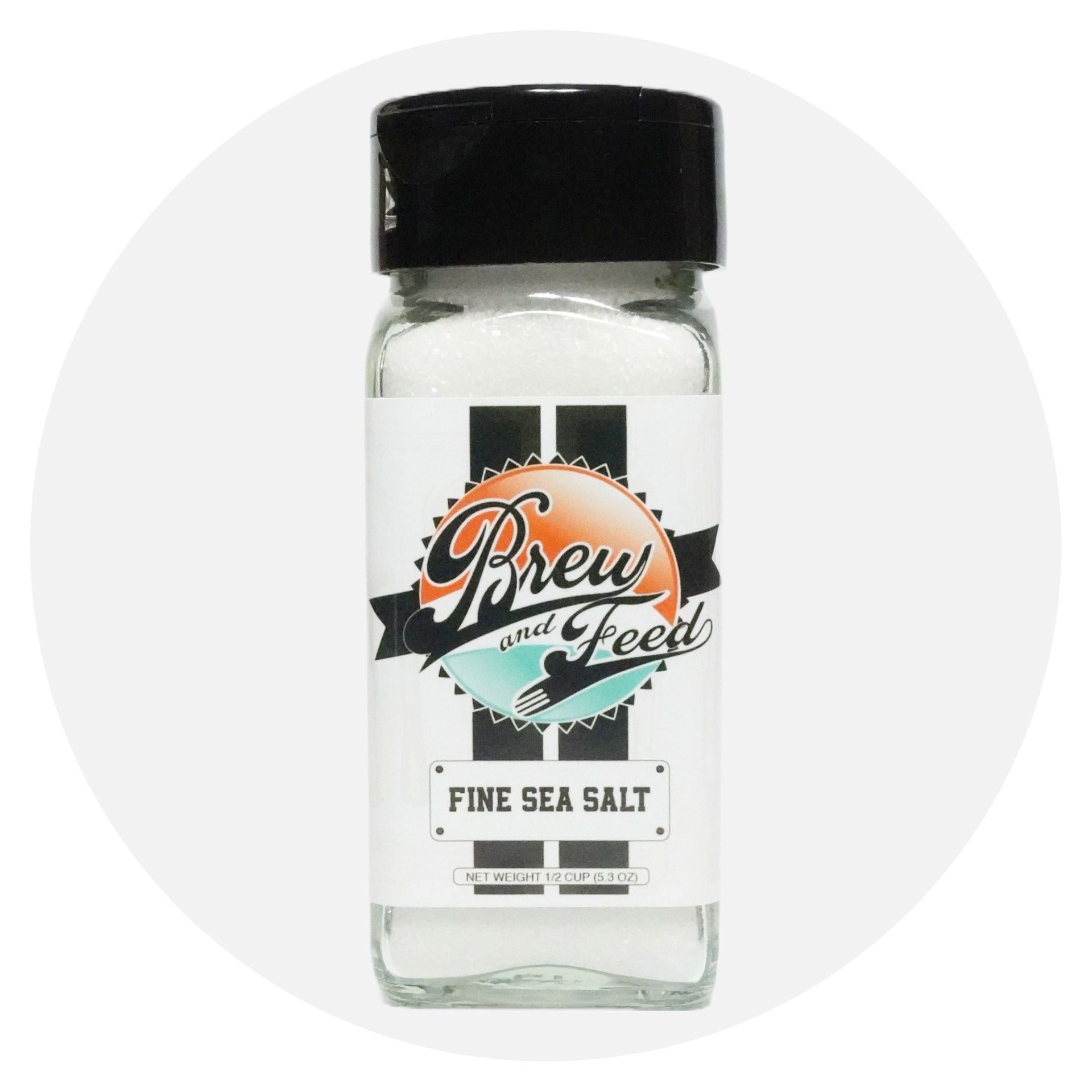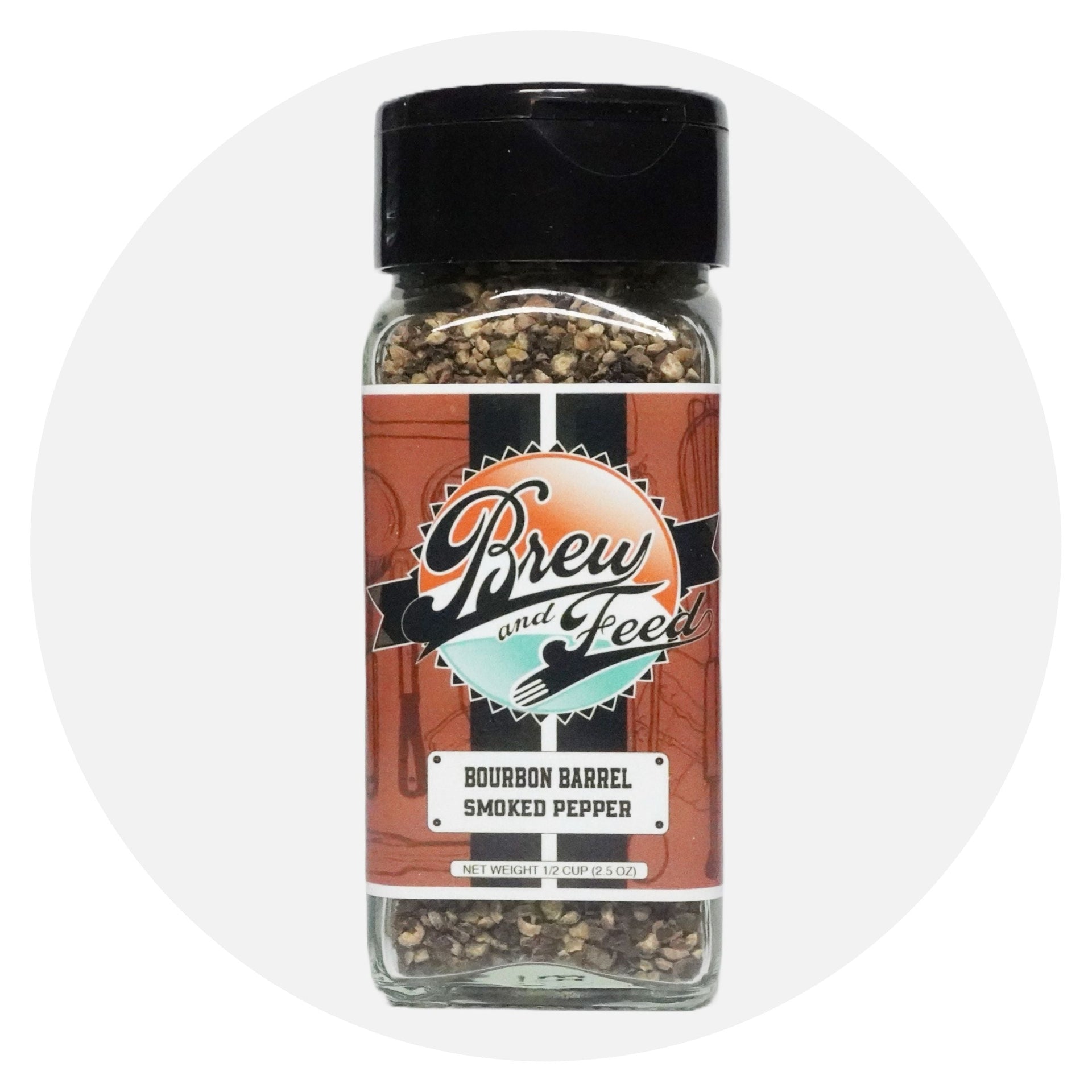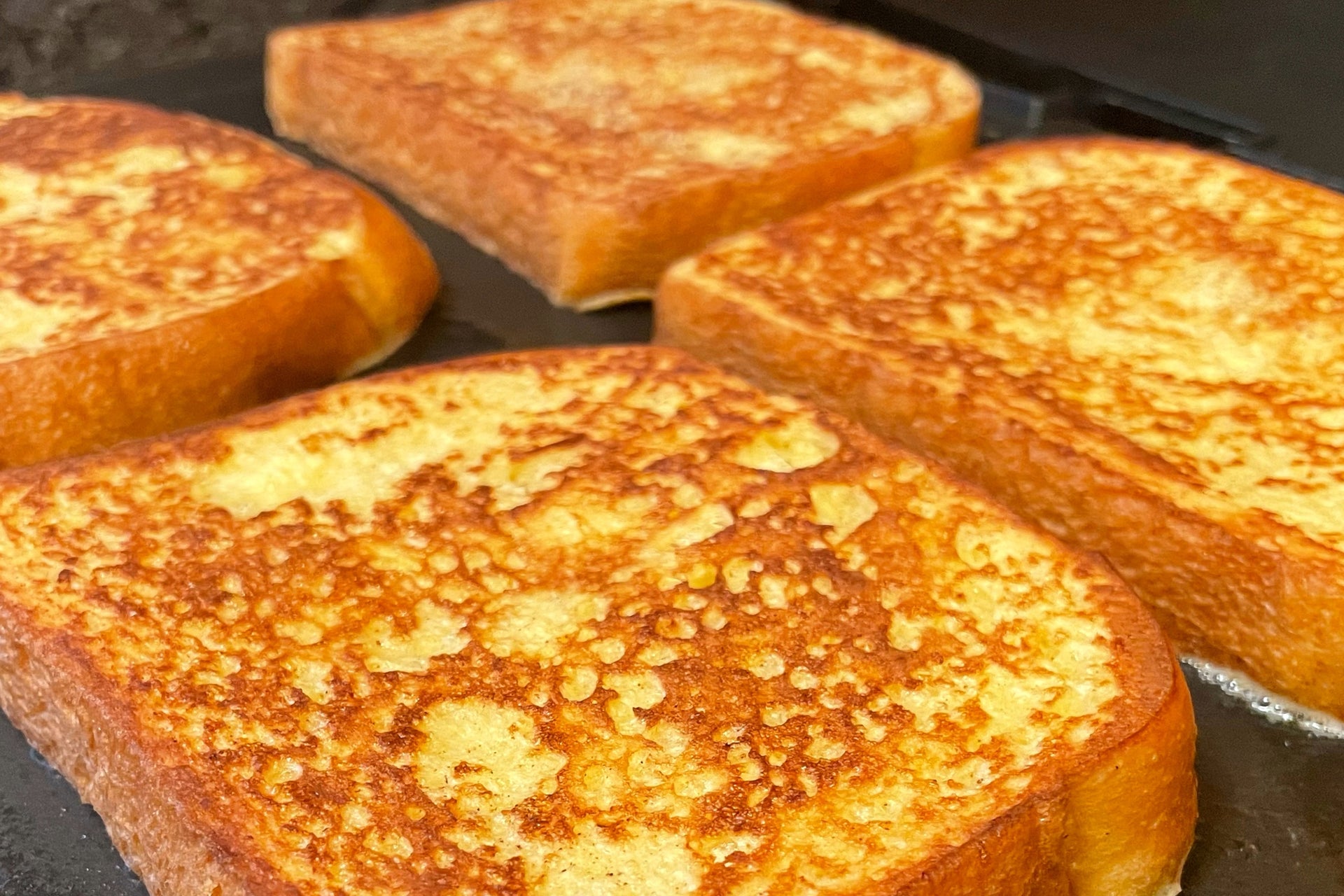
Cinnamon Vanilla Frech Toast
French toast, a beloved breakfast staple that has graced tables around the world, carries with it a rich tapestry of history. From ancient Rome to medieval England and the charming streets of 17th-century France, the story of French toast is a testament to culinary evolution and the ingenious ways people have transformed humble ingredients into a delectable delight.
Ancient Roots:
Our journey begins in the Roman Empire, where a precursor to French toast made its first documented appearance in the "Apicius" cookbook. The Romans, known for their innovative approach to gastronomy, soaked bread in a mixture of eggs and milk, creating a dish akin to what we now know as French toast. This early version laid the groundwork for the evolution of this timeless comfort food.
Medieval Europe:
Fast forward to medieval England, where the dish took on the moniker of "poor knights' pudding." In a time when resourcefulness was key, soaking stale or leftover bread in a mixture of eggs and milk provided a delicious solution to prevent food waste. The dish became a symbol of frugality, enjoyed by both the common folk and nobility alike.
The French Connection:
As we step into 17th-century France, the term "pain perdu," meaning "lost bread," emerges. French toast became a culinary art form in France, embracing a range of flavors and toppings. The French, renowned for their gastronomic prowess, elevated the dish to new heights, turning it into a decadent and cherished treat.
Across the Atlantic:
With European settlers, French toast found its way to the shores of America. The dish underwent further transformations, adapting to local tastes and ingredients. In the United States, it became a breakfast favorite, served with an array of toppings that reflect the diverse culinary landscape of the country.
Global Variations:
The history of French toast is not confined to a specific time or place. As the dish traveled the globe, it assimilated into various cultures, each putting its own unique spin on the classic recipe. From the sweet versions of Latin America to the savory renditions of Asia, French toast has become a canvas for culinary creativity.
Conclusion:
In concluding our journey through the history of French toast, we find ourselves celebrating a dish that transcends time and borders. Its enduring popularity speaks to the universal appeal of simple ingredients transformed into a culinary masterpiece. So, the next time you savor a slice of French toast, remember that you're indulging in a dish with a storied past—a dish that has evolved, adapted, and continues to delight breakfast tables worldwide.


